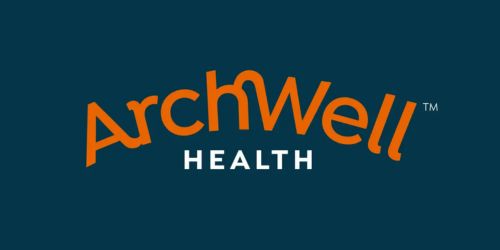
June 18, 2024- Few health problems can change your life in an instant like a stroke can. Fortunately, experts say up to 80% of strokes could be prevented by healthy lifestyle choices. According to ArchWell Health, the heart constantly pumps blood to your brain, sending it vital oxygen and nutrients. A stroke happens when a blood vessel either ruptures (bursts) or gets blocked by a blood clot. Parts of the brain that can’t get blood start to die, and you can lose the bodily functions those parts control.
A stroke can cause physical problems like paralysis and sensory changes, such as loss of scent or feeling in some nerves. It can also lead to mental health problems like depression and anxiety.
Stroke is the 5th leading cause of death in the U.S. It’s also a leading cause of disability.
There are three types of stroke:
- Hemorrhagic stroke, where a blood vessel ruptures
- Ischemic stroke, where a clot blocks the flow of blood; this is by far the most common type
- Transient ischemic attack (TIA), a “mini-stroke” where a clot temporarily blocks the flow of blood
TIAs or “mini-strokes” go away on their own — sometimes in minutes — but that doesn’t mean you should ignore them. Just the opposite. They can lead to more serious strokes, so you should seek medical attention within 24 hours. When you have a TIA, your body is trying to tell you something. Listen to it.
In fact, prompt medical attention is critically important for any stroke. Remember the American Stroke Association’s F.A.S.T. acronym:
- Face drooping
- Arm weakness
- Speech difficulty
- Time to call 911
